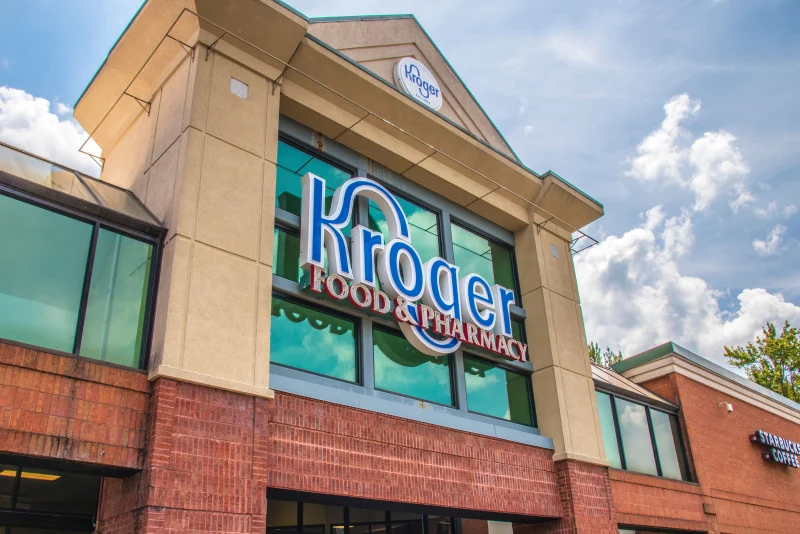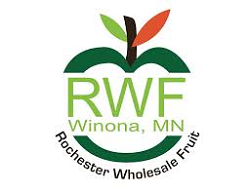Seeking to accelerate its online growth, The Kroger Co. has announced plans to expand its relationships with third-party delivery partners and shutter three of its automated fulfillment centers — moves it says will increase its e-commerce operating profit by approximately $400 million in 2026.
The Cincinnati-based grocer says the updates to its e-commerce plan will result in a differentiated and simplified customer experience, new households shopping at Kroger and immediate e-commerce profitability improvements.
Increased profitability will be used to improve the customer experience through lower prices and better store conditions while also improving operating margins, the company says in a news release. Kroger says it expects to incur impairment and related charges in the third fiscal quarter of 2025 of approximately $2.6 billion as a result of these closures and the automated fulfillment network not meeting financial expectations. The company expects these closures to have a neutral effect on its identical sales without fuel.
Kroger says its hybrid e-commerce offerings will deliver accelerated online growth, using its strong and growing store footprint, well-established third-party delivery providers, and automated fulfillment facilities where applicable.
“eCommerce remains a core part of serving customers who want better value, wide selection and flexible ways to shop,” Ron Sargent, Kroger’s chairman and CEO, says in the release. “We are building on a strong foundation with five consecutive quarters of double-digit eCommerce sales growth and increased profitability improvements. We are taking decisive action to make shopping easier, offer faster delivery times, provide more options to our customers, and we expect to deliver profitable sales growth as a result.”
Kroger expanded its Instacart relationship as its primary delivery fulfillment provider across Kroger.com and the Kroger app. The companies recently announced Kroger will be one of the first retailers to offer customers access to Instacart’s AI assistant, Cart Assistant on Kroger’s iOS mobile app. To reach more customers and fulfill more shopping trips, Kroger also broadened its relationship with DoorDash, giving tens of millions of customers access to food and grocery essentials on-demand through the DoorDash Marketplace.
Kroger also announced the upcoming launch of a new customer experience on Uber Eats Marketplace in early 2026 to fulfill more customers shopping needs by providing access to groceries when customers order meals from their favorite local restaurants as well as offering standard grocery delivery.
Increased customer traffic and trips through these third-party providers will also fuel Kroger’s retail media business growth, creating new opportunities for CPGs to reach and engage customers with relevant advertising, the company says.
“Every customer is different, and they expect more options to access fresh, affordable food, without compromising on the value or convenience,” says Yael Cosset, executive vice president and chief digital officer for Kroger. “Our differentiated approach, combining the proximity of our stores with high-capacity automation, the wide assortment of the fresh food they love, allows us to fulfill more trips for the families we serve. Being able to deliver food and groceries to tens of millions of families who shop with us every year, in as little as 30 minutes, is a winning model for Kroger and our customers.”
Kroger says a comprehensive review revealed opportunities to optimize its fulfillment network by closing automated facilities in Pleasant Prairie, Wis.; Frederick, Md.; and Groveland, Fla. in January, while monitoring the performance of its remaining five facilities.
In geographies with higher density of demand, Kroger says it will continue to take advantage of automated customer fulfillment to increase customer engagement, capacity and improve productivity and profitability.
As part of its hybrid fulfillment network, Kroger will also pilot capital-light, store-based automation in high-volume geographies to improve fulfillment capabilities and elevate the in-store customer experience, says the company, adding the adjustments to the network combined with increased store-based fulfillment will contribute to ROIC improvement.
Kroger says: “This flexible, hybrid network balances an expanded store footprint, third-party delivery, and automation, providing customers the products they love, the value they want, through the options they need, while building a sustainable and profitable business.”














